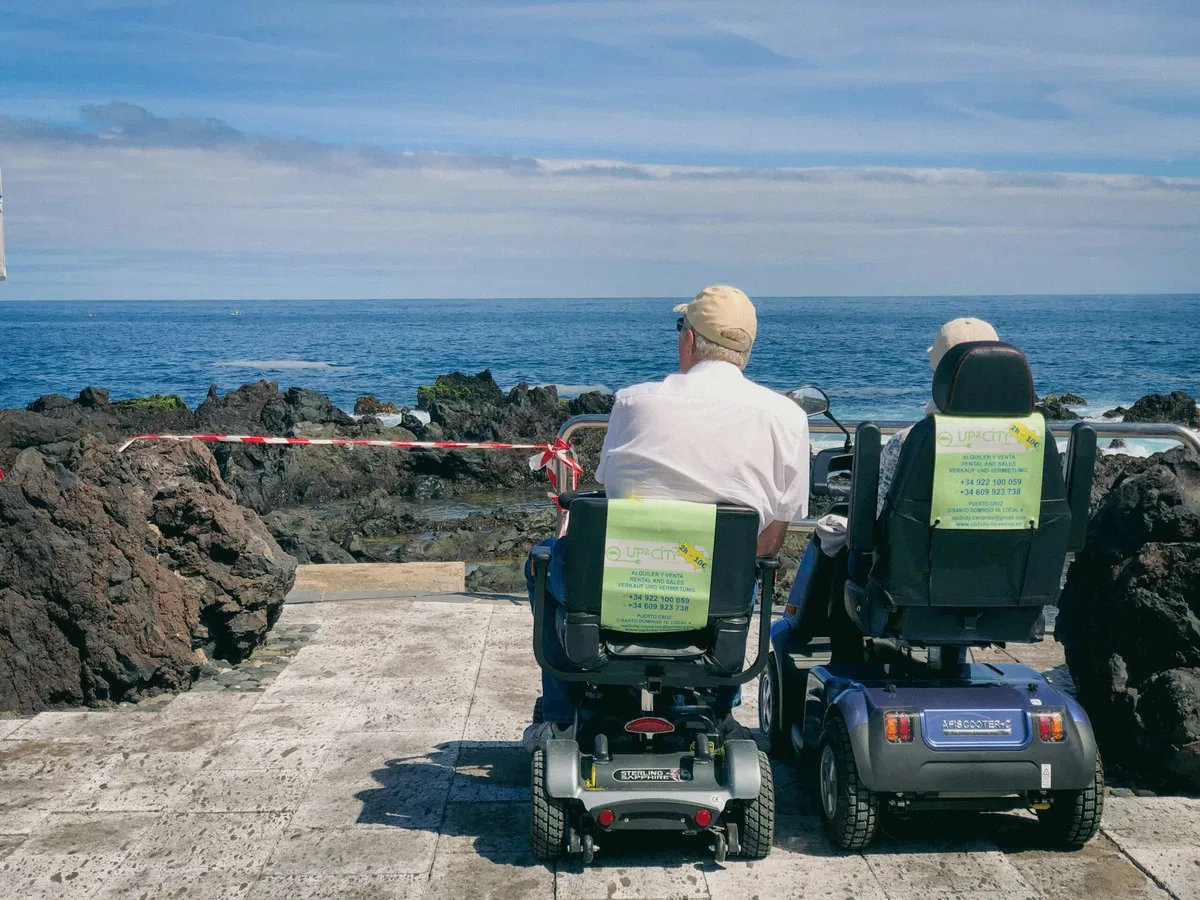By Natascha Rivera
Copyright euroweeklynews

EXPATRIATES who are looking to retire in Spain from next year will need to know this key piece of information: from January 1, 2026, Social Security will implement new retirement conditions … and not everyone might fit the bill.
The new changes
Those who have reached 38 years and 3 months’ worth of contributions will be able to retire at the standard age of 65 years. However, those who have not reached that threshold will need to wait until they are 66 years and 10 months of age to be able to retire in Spain. This is a contrast of two months compared to the legislation in 2025, which required citizens to wait until they are 66 years and 8 months of age.
In 2027, the numbers will continue to increase: the minimum threshold will rise to 38 years and 6 months of contributions, and those who have not met the requirement will need to wait until they are 67 years of age to be able to retire.
In addition to this new rule, next year will also bring about a dual pathway system for calculating the base used to determine the amount of the pension. The two pathways are:
The current system, which uses the last 25 years of contributions.
The new system, which chooses the best 27 years, or 324 months, of contributions within a 29-year period and allows the exclusion of the two worst years.
Social Security will automatically crunch the numbers for both options and grant the option that results in a higher pension. This new change will be especially advantageous for those with breaks in their careers, or those who have suffered a pay cut before retirement.
Early retirement
The possibility of early retirement, either voluntary or involuntary, still exists for workers who have met the threshold. Those who meet the requirements will have access to voluntary retirement from 63 years of age. Without the threshold, they will have access from 64 years and 10 months of age.
On the other hand, involuntary retirement due to dismissal, health complications, or any other cause beyond the worker’s control will be available from 61 years old if the worker meets the threshold, and from 62 years and 10 months if they do not.
It should be noted that those who choose early retirement could see their pensions reduced, as the cuts are more severe the earlier they retire.
Partial retirement
The option of partial retirement will also be affected by the new requirements. With a relief contract, the worker will be able to retire from 62 years of age if they meet the threshold. Without meeting the threshold, the minimum rises to 63 years and 10 months.
Without a relief contract, the minimum age is the new standard for retirement: 65 years if the threshold is met, or 66 years and 10 months if not.
Who will be affected?
The new rule will directly affect those with intermittent working history or those who have otherwise failed to meet the required threshold. For those who do not meet the minimum requirement, the consequences are the following:
They will have a higher retirement age; nearly two years older than the standard.
They will be faced with restrictions on early retirement.
They will have less flexibility with partial retirement options.
They will have a lower pension.
Why is this system being implemented?
According to Social Security, the system aims to encourage longer careers and more stable contributions. The system also aims for more sustainability.
What can workers do to prepare?
It’s important for workers thinking about retirement to check their employment record, as well as use the Social Security simulator service in order to plan for their pension, keeping in mind the new regulations. Seeking additional contribution options could also make a big difference when it comes time to retire. Finally, of course, it always pays – quite literally – to stay informed of any new changes within the system, especially through official sources.



